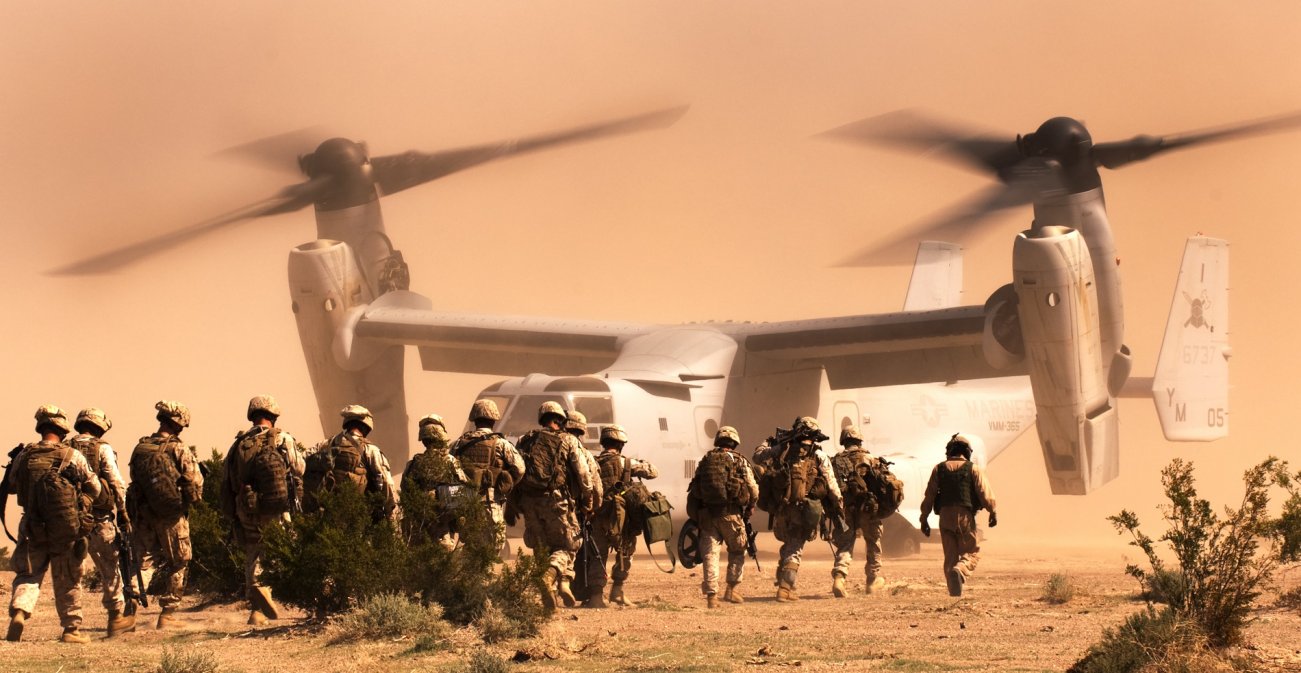But is it a good idea?Russia is building a tilt-rotor transport aircraft that could be Moscow's equivalent of America's V-22 Osprey."Russian Airborne Forces are working on the possibility of using convertiplanes to deliver paratroopers on the battlefield," according to Sputnik News, citing an unnamed Russian defense industry source. "Before the end of September, it is planned to get the customer specification and start the experimental design work for this aircraft," the source said.Sputnik News didn't provide any more details. But Russia has previously announced other tilt-rotor projects. In October 2017, arms maker Rostec said it would be building a prototype of Russia's first electric helicopter as a tilt-rotor aircraft. It will be based on the unmanned VRT30 tilt-rotor, or "convertiplane.""The helicopter, which is expected to be ready in 2019, will have a takeoff weight of 1.5 tons and be completely electric," the company said. "The main aim of the company is to create a low noise, zero emissions machine that is efficient and reliable."Tilt-rotor aircraft are a somewhat complicated marriage of fixed-wing aircraft and helicopter: propellers on the wings can swivel horizontally to enable the aircraft to fly like a normal fixed-wing aircraft, or positioned vertically like the rotors on a helicopter. In theory, this allows a tilt-rotor to fly at the higher speeds and fuel efficiency of fixed-wing aircraft, but then transform into a helicopter for landing or hovering.But a 1.5-ton aircraft wouldn't be much use for Russian paratroopers, except perhaps for reconnaissance, or transport of small cargoes. The U.S. V-22 Osprey, the prime example of a military tilt-rotor aircraft, weighs about 17 tons and carries 24 troops or 10 tons of cargo. Used primarily by the U.S. Marine Corps as a transport, the Osprey program has been long dogged by questions over the safety, reliability and survivability of the design.
